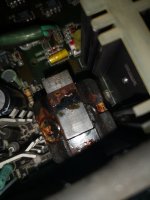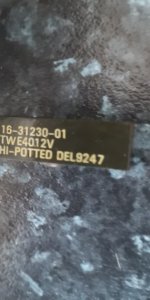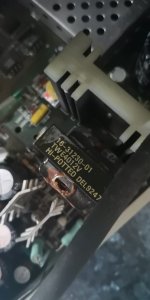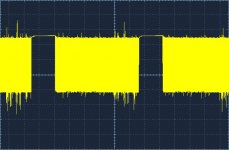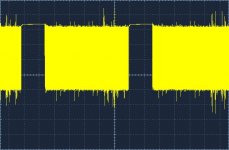PG31
Veteran Member
Does anybody have experience troubleshooting a VT420? I have one that does not display on screen when powered up but makes a continuous clicking sound (switch mode startup?). I have the service manual but I have not been able to find a circuit diagram. I cannot see the heaters glowing on the CRT and no beep or LED's on keyboard. Thanks.

